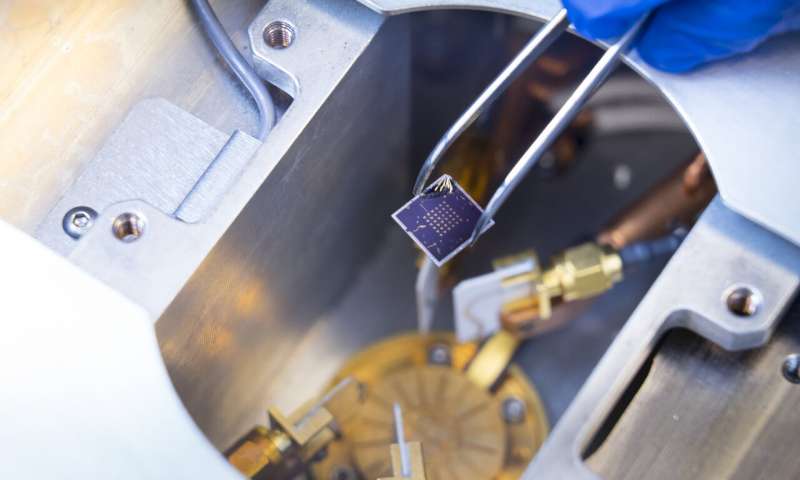
Scientists find cheaper way to make hydrogen energy out of water (16/12/2019)
Hydrogen-powered
cars may soon become more than just a novelty after a UNSW-led team of
scientists demonstrated a much cheaper and sustainable way to create the
hydrogen required to power them.

Better biosensor technology created for stem cells (12/12/2019)
A
Rutgers-led team has created better biosensor technology that may help lead to
safe stem cell therapies for treating Alzheimer's and Parkinson's diseases and
other neurological disorders.

Storing energy in hydrogen 20 times more effective using platinum-nickel catalyst (12/12/2019)
Catalysts
accelerate chemical reactions, but the widely used metal platinum is scarce and
expensive. Researchers at Eindhoven University of Technology (TU/e), together
with Chinese, Singaporean and Japanese researchers, have now developed an
alternative with a 20 times higher activity: a catalyst with hollow nanocages
of an alloy of nickel and platinum. TU/e researcher Emiel Hensen wants to use
this new catalyst to develop a refrigerator-size electrolyzer of about 10
megawatts in the future. The results will be published on November 15th in the
journal Science.

Combined technique measures nanostructures 10 times better than before (12/12/2019)
Researchers
at Leiden University and TU Delft have combined two techniques that are used to
measure the structure of biomolecules, creating a method that is 10 times more
sensitive. With this new method, they hope to be able to better determine the
structure of biomolecules. This is important, since a biomolecule's structure
often determines its function. The same goes for more complex organic compounds
such as proteins, which can undergo multiple form changes during their life
cycle, allowing them to perform different tasks.

Up to 30 percent more capacity for lithium-ion batteries (12/12/2019)
Researchers
of Karlsruhe Institute of Technology (KIT) and cooperating institutions studied
structural changes during the synthesis of cathode materials for future
high-energy lithium-ion batteries and obtained new major findings about
degradation mechanisms. These findings might contribute to the development of
batteries of far higher capacity, which would then increase the range of
electric vehicles. The results are reported in Nature Communications.

Communications device offers huge bandwidth potential (12/12/2019)
Scientists
at the University of Illinois have created sugar cube-sized blocks of an
electromagnetic material with potential to transform communication networks.

New laser technique images quantum world in a trillionth of a second (12/12/2019)
For
the first time, researchers have been able to record, frame-by-frame, how an
electron interacts with certain atomic vibrations in a solid. The technique
captures a process that commonly causes electrical resistance in materials
while, in others, can cause the exact opposite—the absence of resistance, or
superconductivity.

Scientists develop molecular sensor that can emit light in more colours than ever before (12/12/2019)
Physicists
at the University of Alberta have created a molecular colourant that can emit
light in a wider range of colours than any other molecule currently available.

Researchers develop new method to remove dust on solar panels (10/12/2019)
Taking
a cue from the self-cleaning properties of the lotus leaf, researchers at
Ben-Gurion University of the Negev have shed new light on microscopic forces
and mechanisms that can be optimized to remove dust from solar panels to
maintain efficiency and light absorption. The new technique removed 98 percent
of dust particles.

Reorganizing a computer chip: Transistors can now both process and store information (10/12/2019)
A
computer chip processes and stores information using two different devices. If
engineers could combine these devices into one or put them next to each other,
then there would be more space on a chip, making it faster and more powerful.









